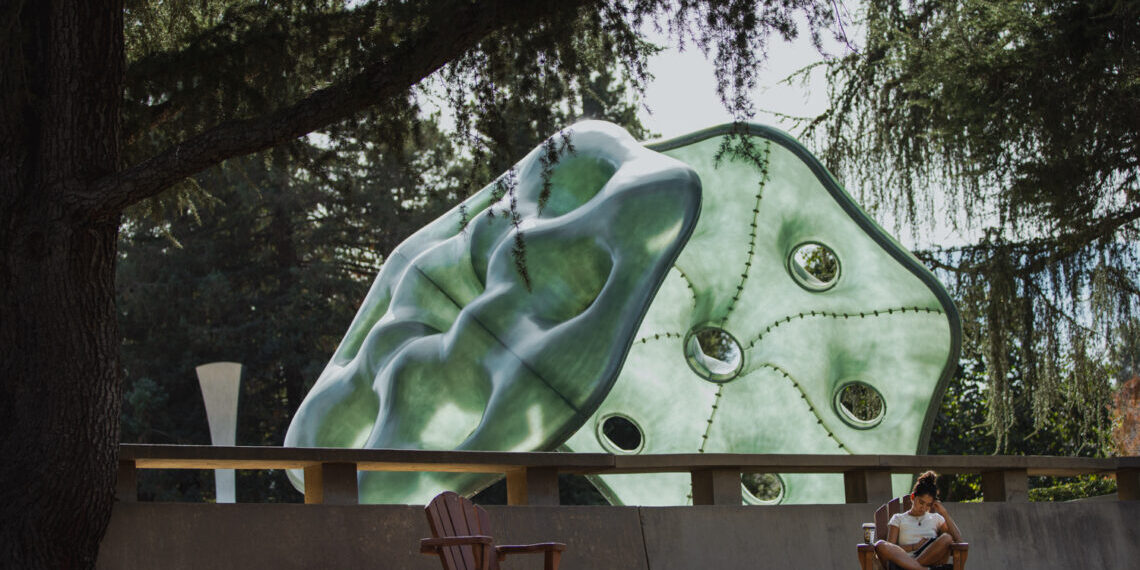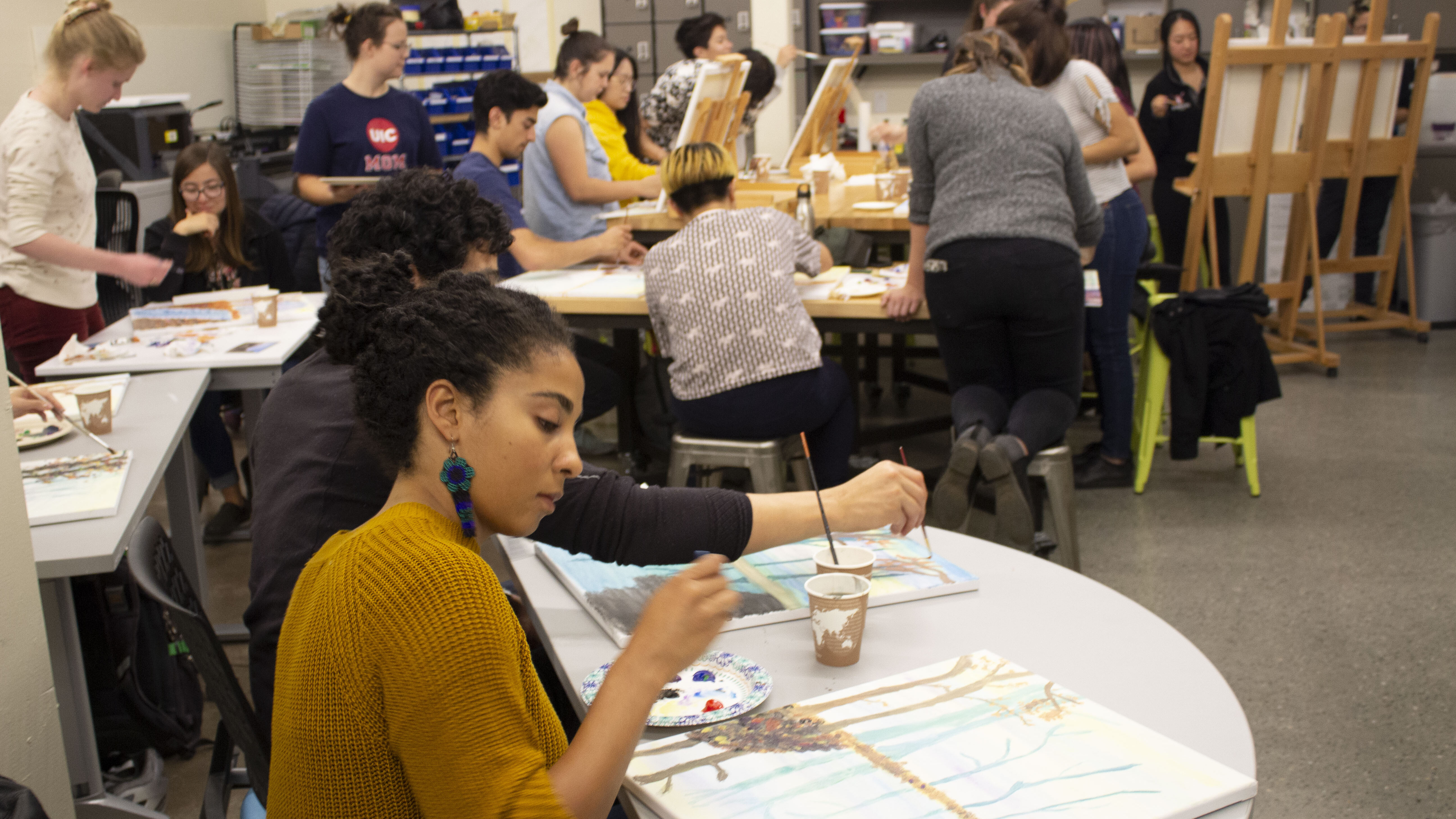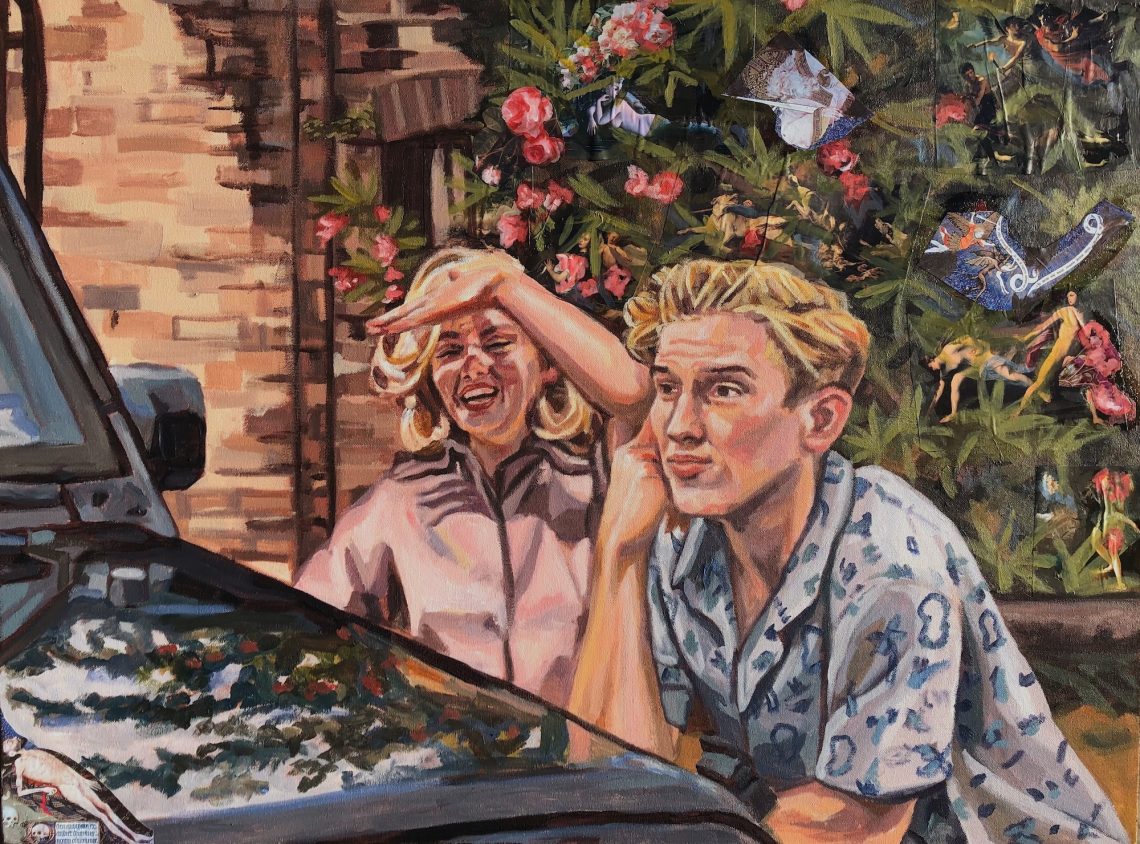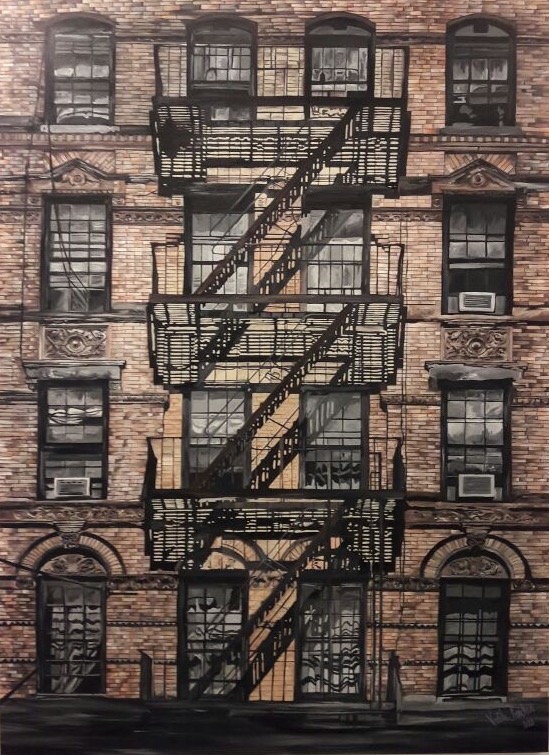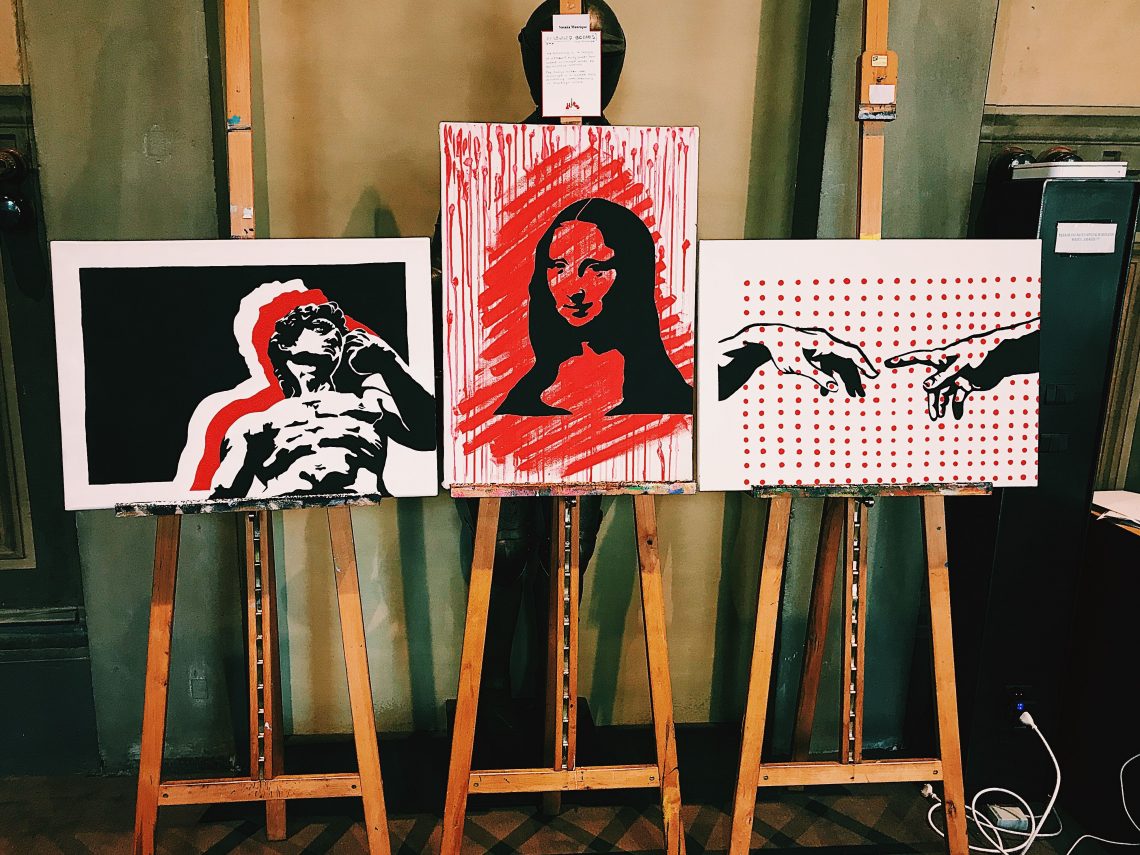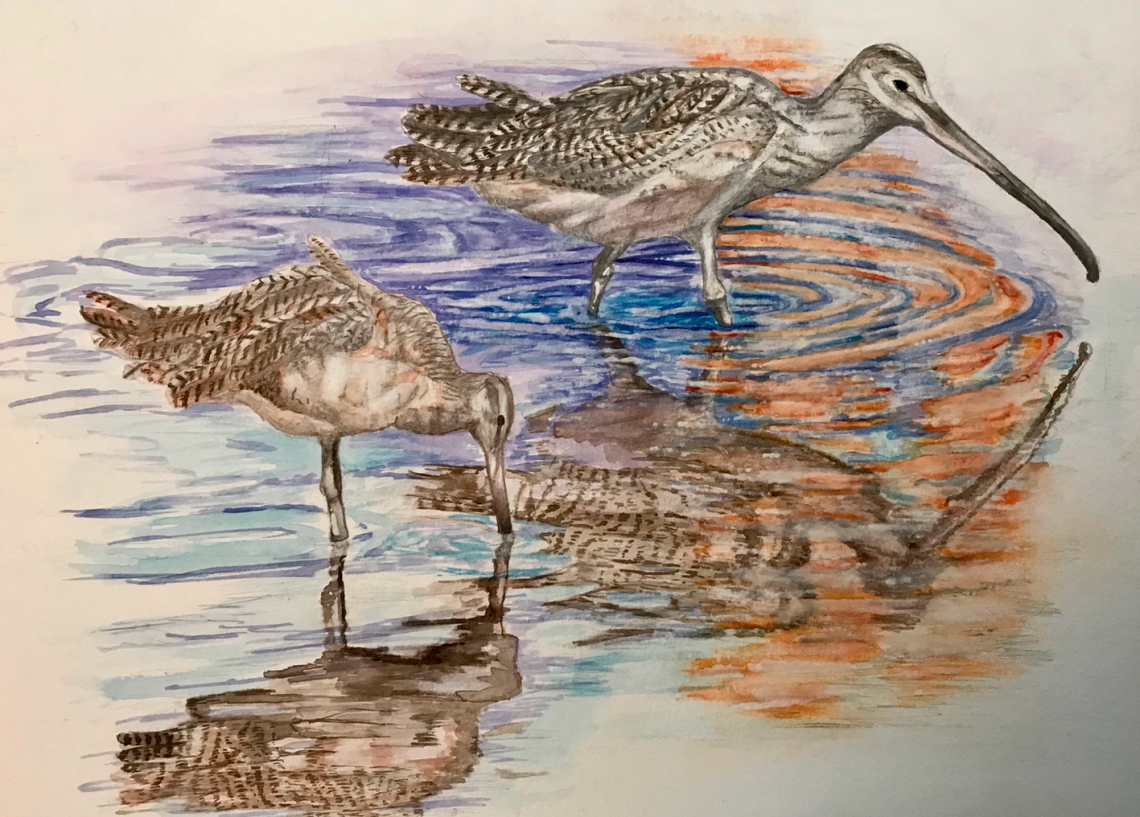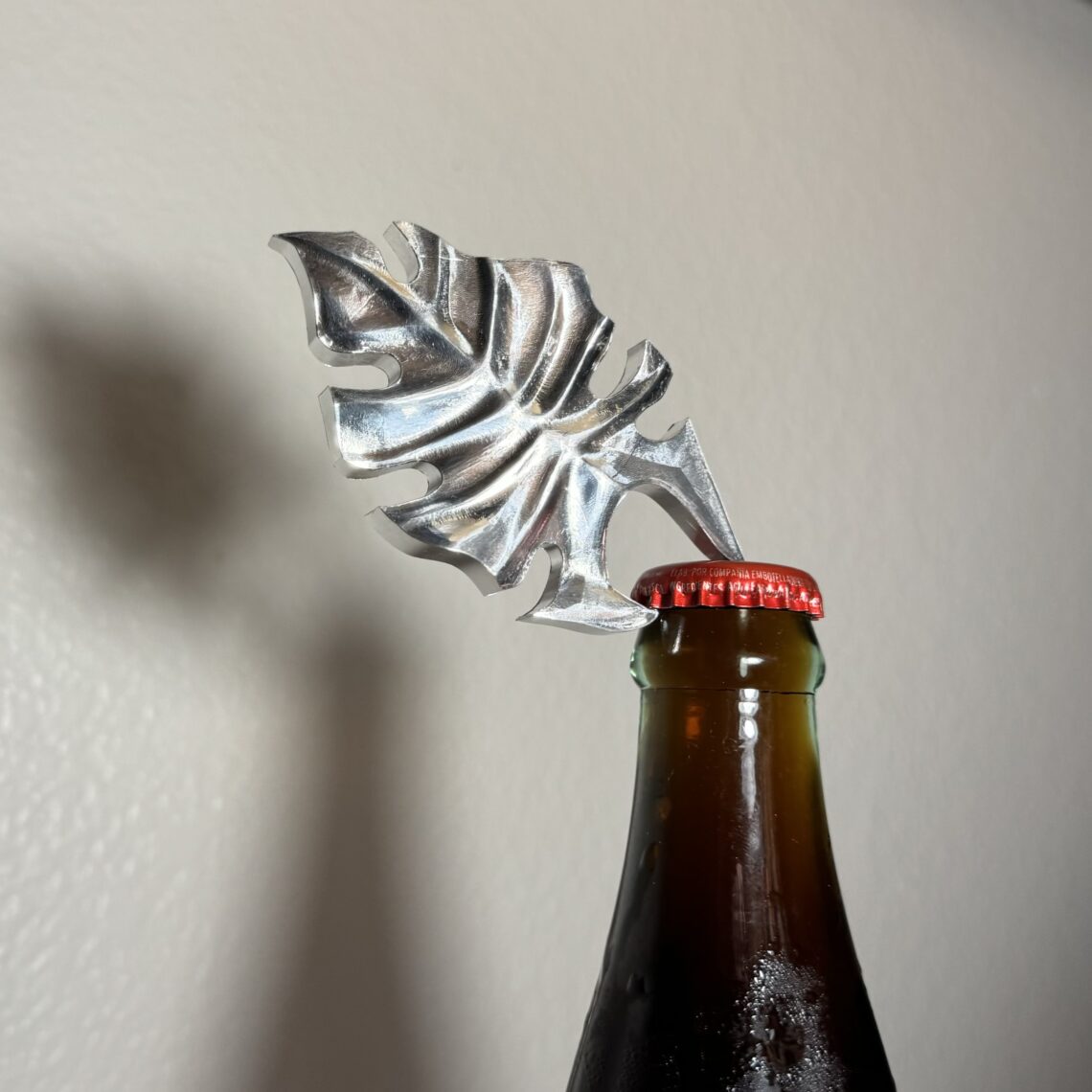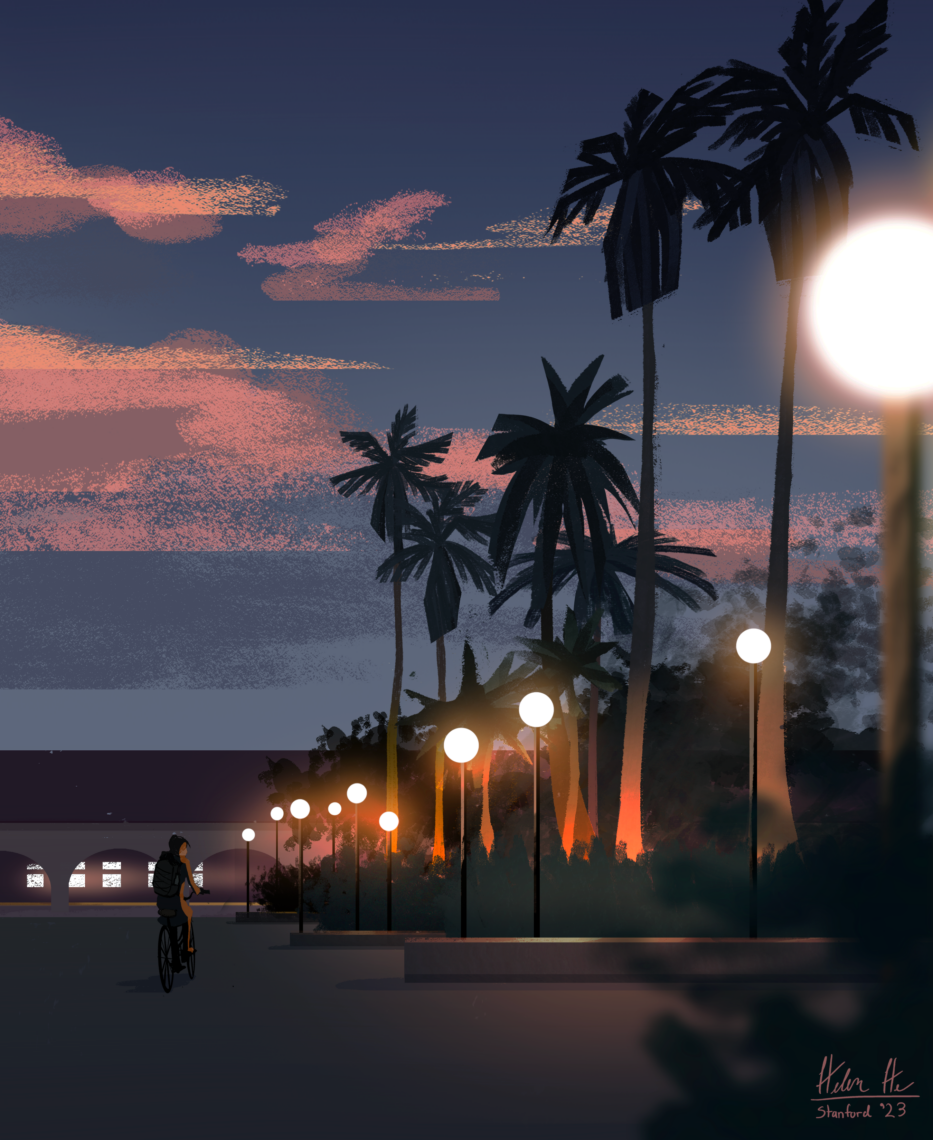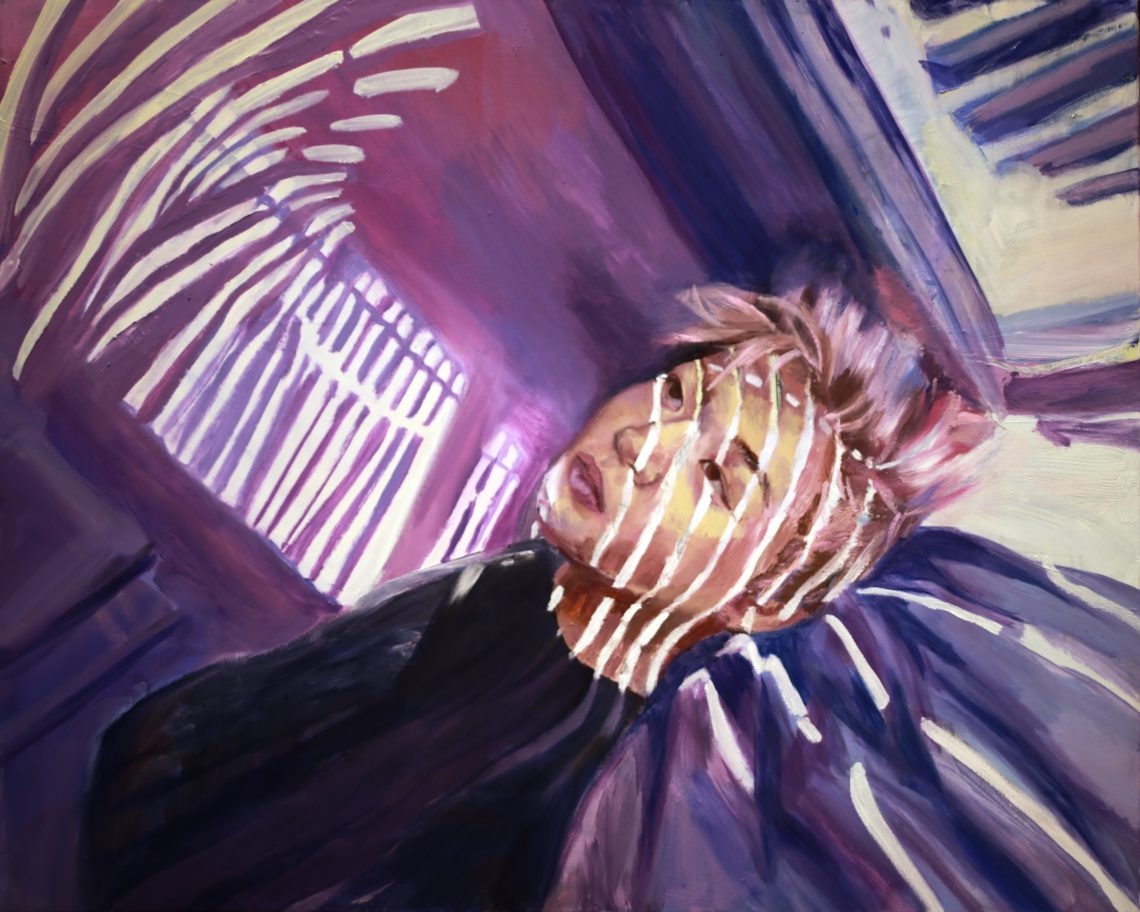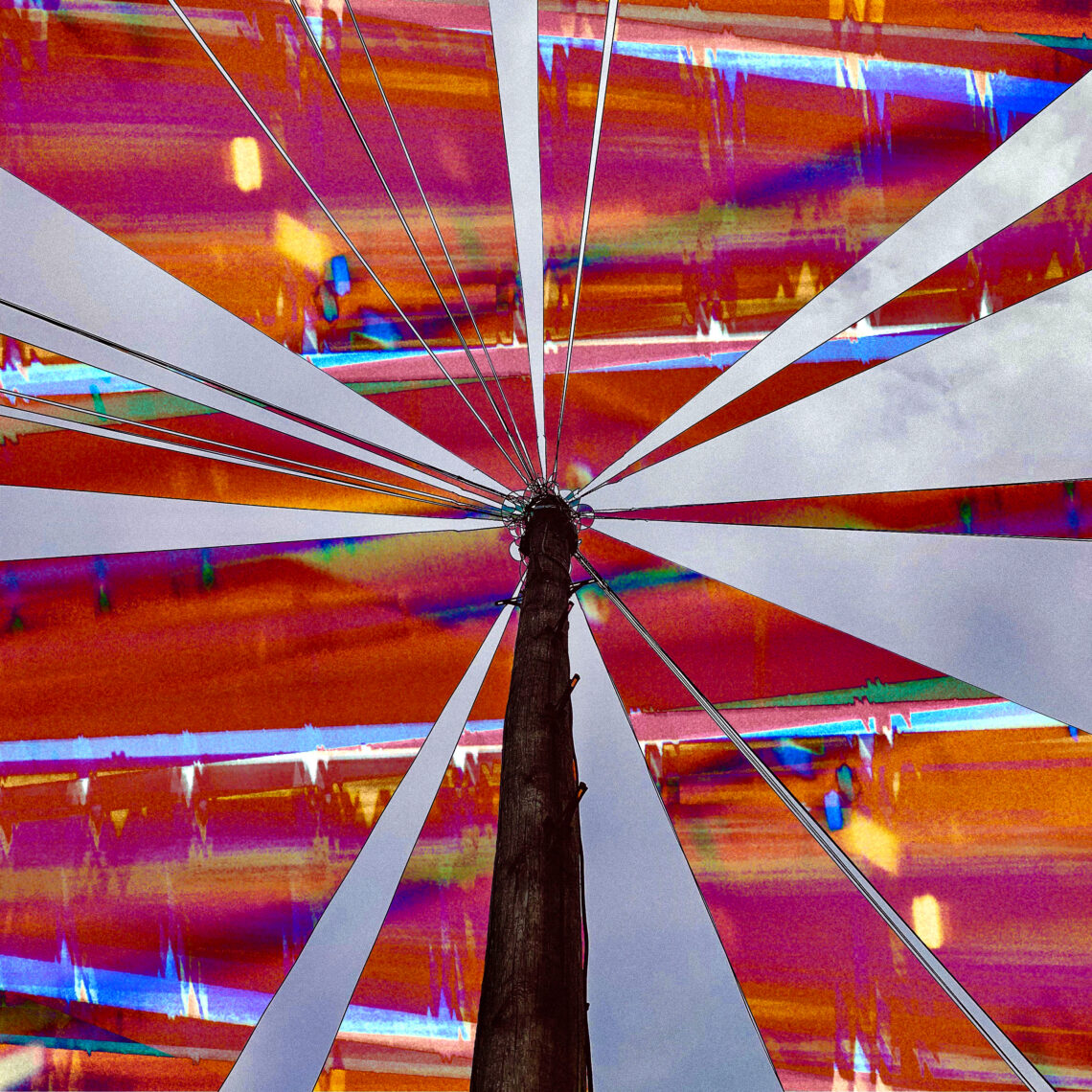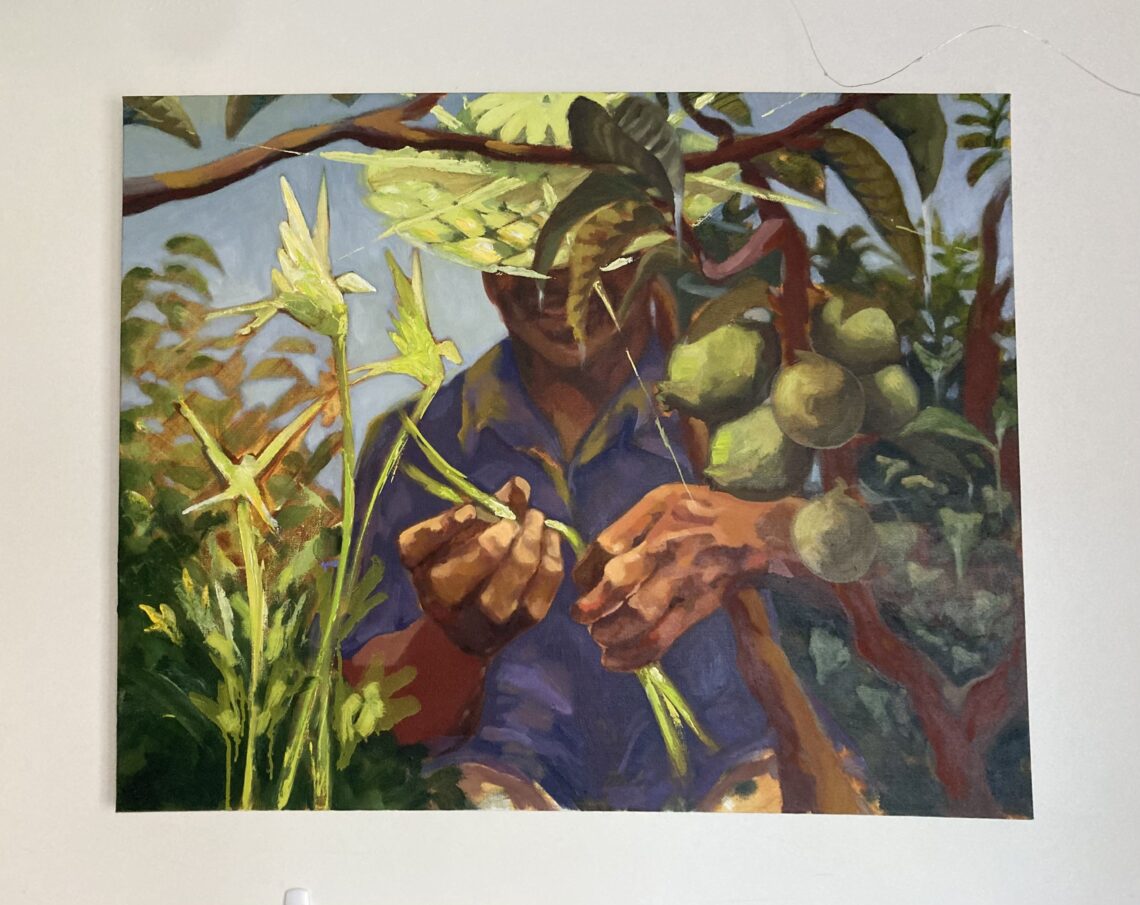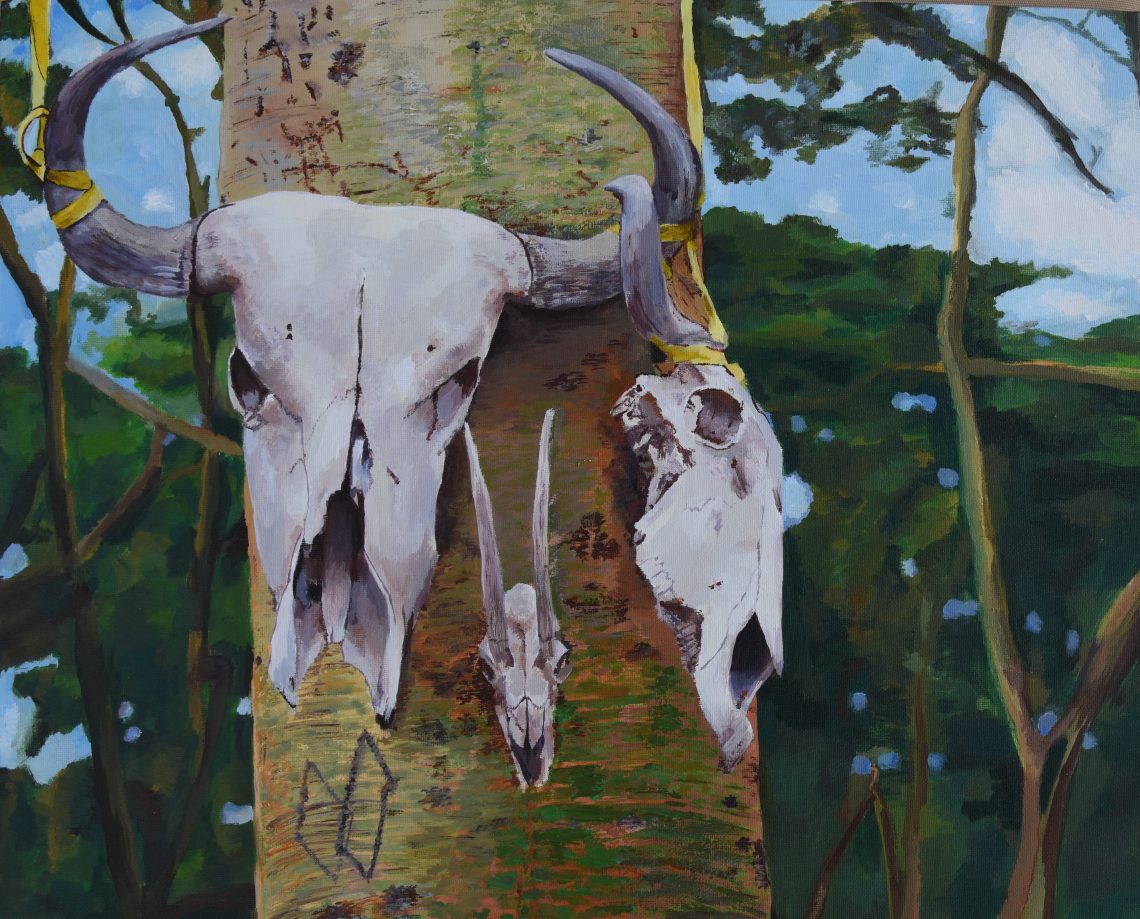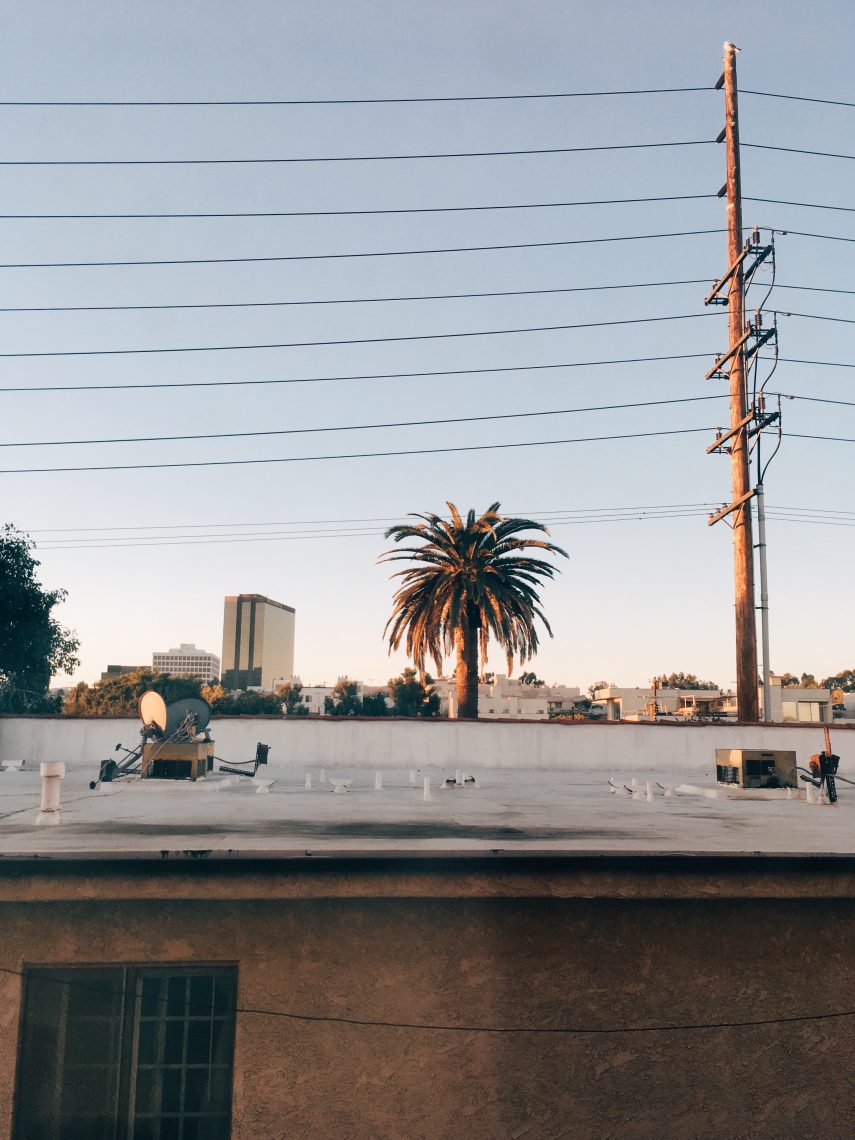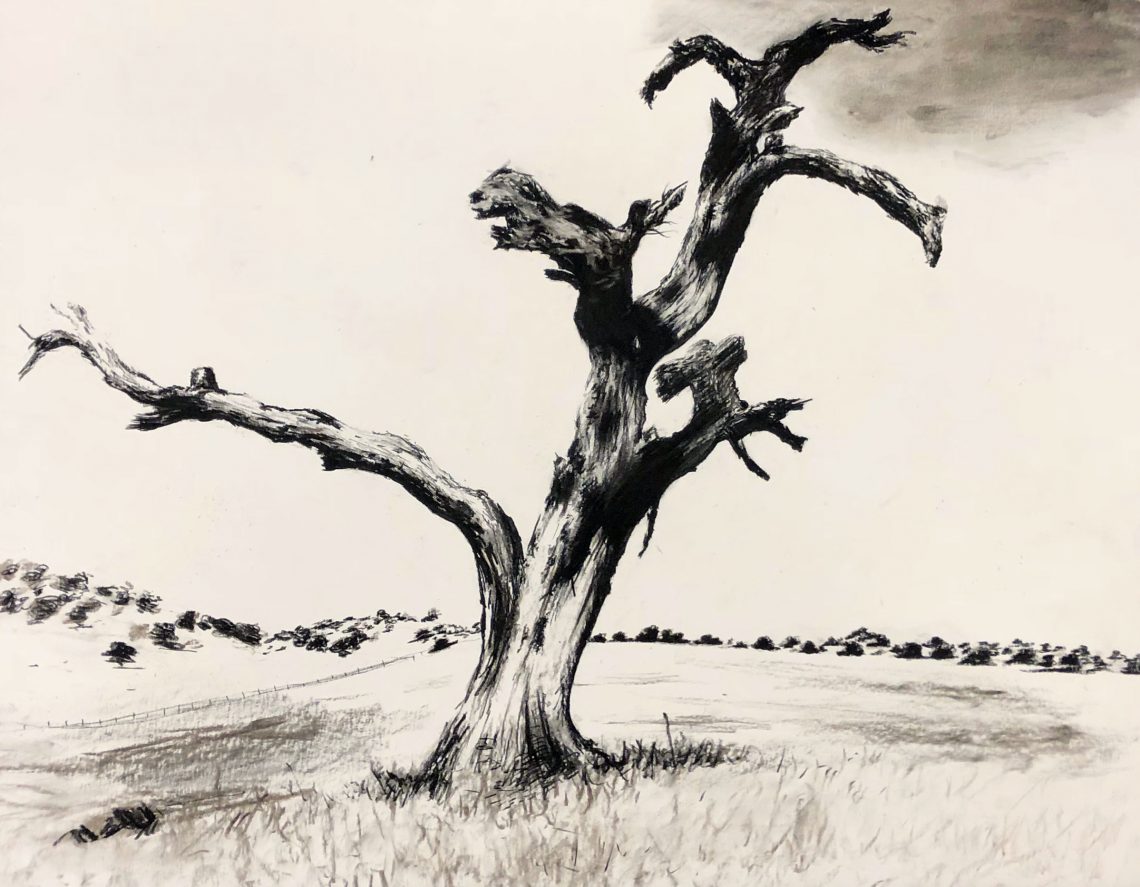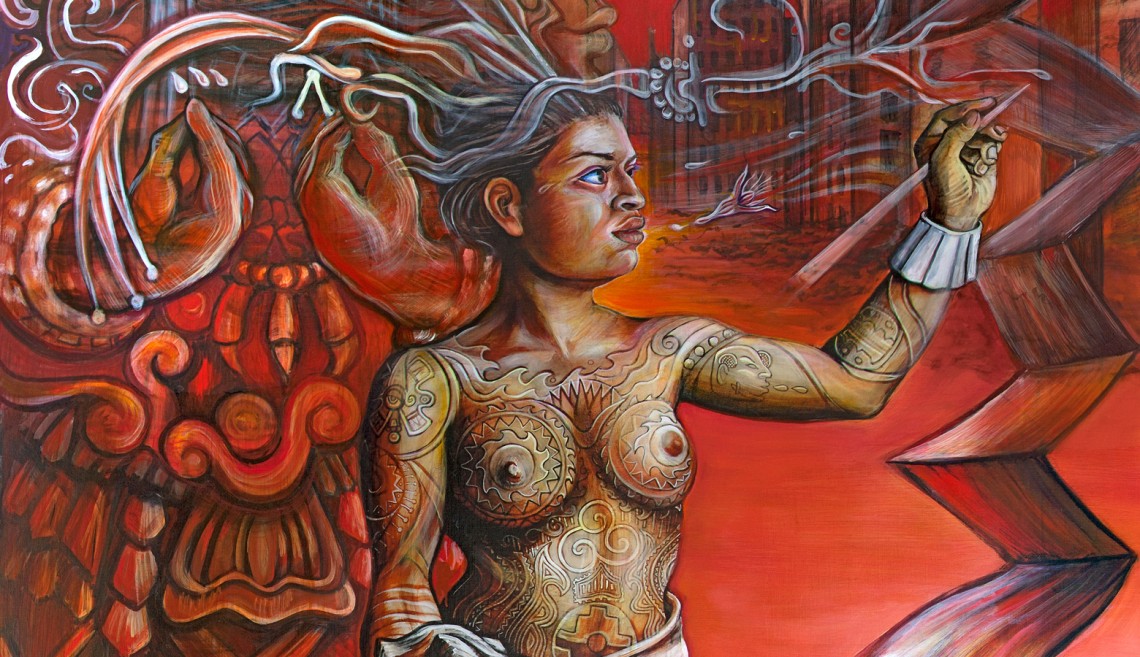
Section of The Spiral Word: El Codex Estánfor
Juana AliciaMURAL ARTIST CREATES A SPACE FOR STUDENTS TO CELEBRATE THEIR IDENTITIES AS LATIN AMERICANS, AND STUDENT RESPONDS WITH POETRY
On Nov. 9, Stanford inaugurated its newest mural The Spiral Word: El Codex Estánfor at El Centro Chicano. The mural was designed and created by Berkeley-based international muralist Juana Alicia. The artist was on hand at the ceremony to give a blessing, talk about her work and officially turn the murals over to the community.
The dazzling mural depicts the legacy of Latin American/indigenous literature. The concept for the suite of four murals for El Centro was inspired by the history and literature of multi-ethnic Latin America, from the ancient stories of the Popol Vuh to modern Xican poetry. California Poet Laureate Juan Felipe Herrera named the work.
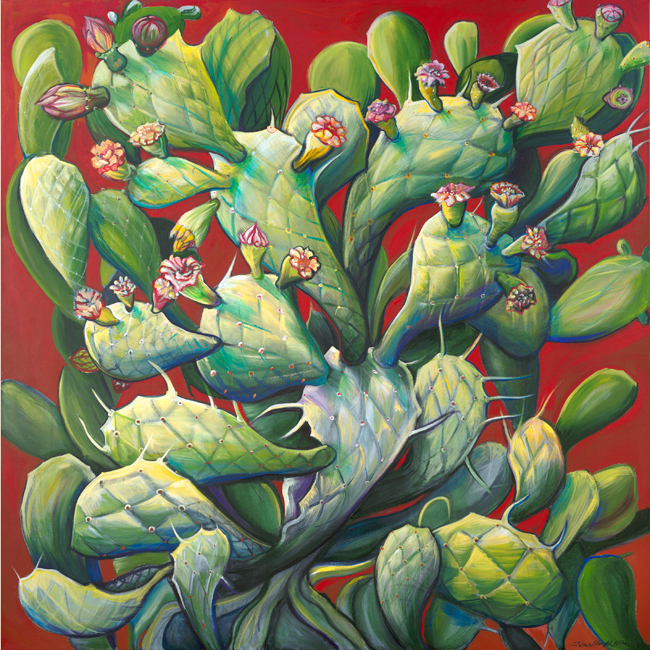
Juana Alicia
Juana Alicia describes the development of the ideas and imagery as follows:
My inspirations came from diverse sources such as Miguel Cervantes, Sor Juana Inez de la Cruz, José Martí, Violeta Parra, Jorge Luis Borges, Rosario Castellanos, Sandra Cisneros, Carlos Fuentes, Juan Felipe Herrera, Junot Díaz, Julia Alvarez, and more than any other author, Eduardo Galeano. His books, The Open Veins of Latin America, and the trilogy Memories of Fire, function as a subtext for the set of four paintings, most especially the codex.
Each of the four painted surfaces [three canvases and one watercolor paper] has it’s own role to play in the story and in the space. This is one of the smallest, most compact and narrative-dense works I have created. The challenge was to create a series of works that altered an institutional-feeling entryway into a sanctuary for our collective narratives as multi-faceted Latinos and original peoples of these continents. I wanted to create a space for students to find beauty and honor for their identities as Latin Americans at Stanford, and to create a place that both narrated our legacies and celebrated our cultural projects.
I wanted the murals to create feelings of safety and pride and stimulate historical consciousness with regard to our evolution as a people. As the students and alumnae requested in my initial meetings with El Centro and Concilio, I sought to represent past, present and future realities for Latin/indigenous students at Stanford.
As a vibrant student center, El Centro Chicano works to support students academically, personally, socially and culturally. It focuses on creating mature, aware and socially responsible individuals who advocate and dialogue for equity and social justice. Within the Chicano and Latino community there is great diversity of backgrounds, aspirations, and sociopolitical views, which adds to the richness of a collective experience. El Centro’s programs provide Stanford students the opportunity to explore Chicano and Latino culture, history and traditions.
“This is not an end to the project, rather, it’s an opportunity to hand over the murals to the community. It is a passing from my hands to theirs. A rite of passage,” said Juana Alicia.
La Scribe
by Aracely MondragonElla
escribe nuestras historias
palabras grabadas
en paredes de adobe
en su voz mi gente viveresiste
como nopal de desierto
armadura morena
brotando fruta de tuna
bebo sus aguas
en su aliento vivoexisto
Para Erica
by Aracely MondragonMujer morena
Mexicana de mi corazón
Gentil y resistente flor de selvaEn tus pétalos
llevas el saber de las montañasEres tu quien conoce la naturaleza
Espíritu que andas por varios mundos
que haz visto los incendios de hombres anglos
Haz oído los llantos de almas ancestrales
arboles derrumbados
pueblos sedientosEres tu quien a venido a devolver
lo verde a la vidaEs tu amor el que calienta nuestra tierra
sonrisas, rayos de solTu ser es el río que corre por los cerros
bella y serenaCultivas todo cuyo tus aguas tocas
Es tu voz la canción que el viento canta
inspirando esperanza en cada entonarSon tus manos que en paredes inscriben
Historias
A lo que un día fue de adobe
regresas sus memoriasMujer morena
Mexicana de mi corazón
El mundo es un códice
Y la poeta eres tu
Untitled
by Aracely MondragonCuéntame el cuento que nunca escuche
de espíritus verdes
arboles brotando
cuerpos de madera
cuéntame sobre las cuatro direcciones
el porque del sol por las mañanas
y la huida de la luna
Cuéntame de las batallas contra franceses
rostros de vírgenes morenas
en banderas cubiertas en sudor
pañuelos en la frente de una soldadera
cuéntame de las noches a luz de vela
manos con arrugas intricadas
tejidas cuidadosamente por el tiempo
servilletas de tricolores
cuéntame sobre madrugadas olor de maíz
café de olla y atole de ciruela
espaldas dobladas entre la milpa
y agua tomada desde los brazos del cerro
Damé tus memorias
que a mi me han robado
escribe en mi cuerpo tus palabras
abandonadas en la frontera
Cuéntame un cuento
Mujer
Libremonos por fin
Untitled (translation)
by Aracely MondragonTell me that story I never heard
of spirits the color of
trees
sprouting
bodies made of wood
Tell me about
the four directions
the why of the sun
in the mornings
and the fleeing of the moon
Tell me about
those battles against French arms
of Virgenes
brown silhouettes
reflected on sweat drenched flags
handkerchiefs clinging to the forehead
of a Soldadera
Tell me about
those nights by candlelight
soft hands
intricate wrinkles
carefully sewed by the passing of time
napkins made of cloth
Tell me about
dawns that smell like maiz
coffee made with cinnamon
Tell me about
backs bent amidst the cornfield
water drank from the mountain’s hands
Give me your memories
those that have been stolen from me
Engrave on my body your words
abandoned at the border
Woman
Tell me a story
and free us
from this cage of silence
